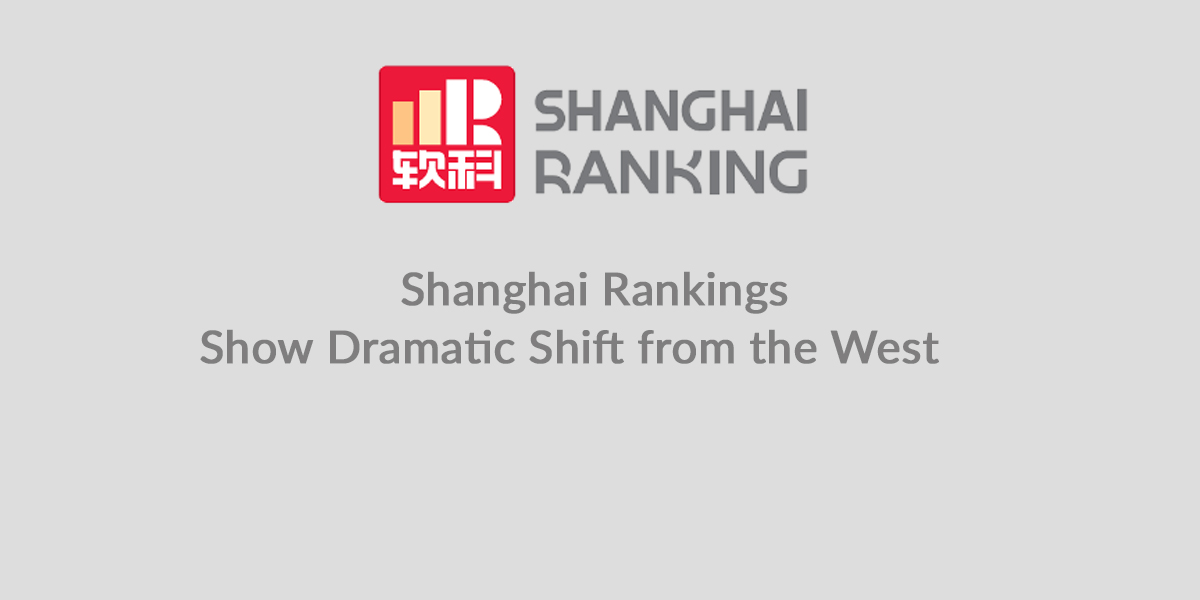The Academic Ranking of World Universities (ARWU), usually known as the Shanghai Rankings, are the oldest global university rankings. They are included among the three or four most well-known rankings and have a straightforward and stable methodology.
There are six indicators: Nobel prizes for science and economics and Fields medals for mathematics won by alumni and by faculty, highly cited researchers based on lists prepared by Clarivate, publications in journals indexed in the Science Citation Index Enhanced and the Social Science Citation Index, articles in Nature and Science, and productivity per capita based on the scores for these metrics divided by the number of senior academic staff.
The latest edition has just been announced. The top level of the overall ranking remains largely unchanged with Harvard in first place followed by Stanford, MIT, Cambridge and Berkeley.
The PUB indicator which reports articles indexed in the Science Citation Index Expanded and the Social Science Citation Index during 2024 tells a very different story.
Over the last few years, the output of research in China and some Asian and Middle Eastern countries has expanded exponentially and this is reflected in this year’s PUB metric. The top five universities are:
- Zhejiang University
- Shanghai Jiao Tong University
- Harvard University
- Peking University
- Tsinghua University.
However, of the top twenty universities for research output, fifteen are located in China. The other five are Harvard University, King Saud University, University of Toronto, University College London and University of Oxford.
For better or worse, this indicator is indicative of the future of academic research although Harvard, buoyed by award winners from past decades, will continue to lead in the overall rankings for some time to come.
Source:
ShanghaiRanking

